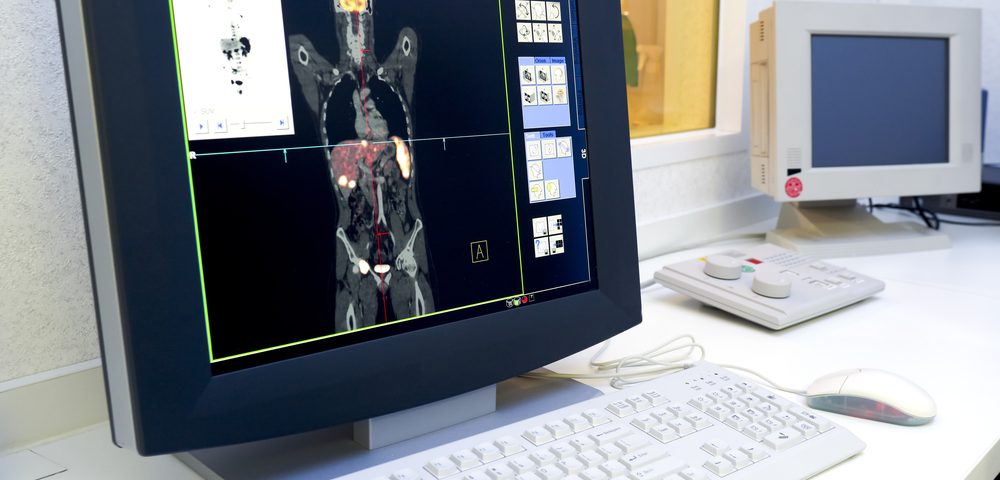Using artificial intelligence to identify genetic patterns in prostate cancer tissue could help shed light on how tumors develops and improve clinical diagnosis and treatment, a study reports.
The approach uses several samples from a single tumor, creating a kind of spatial map of the tumor’s genetic information.
The study, “Spatial maps of prostate cancer transcriptomes reveal an unexplored landscape of heterogeneity,” was published in the journal Nature Communications.
One of the major issues with cancer treatment is that while one subpopulation of cancer cells will respond to treatment, another subpopulation from the same tumor often won’t. Therefore, after treatment, the resistant cell population can continue to grow. This is attributed to a phenomenon called tumor heterogeneity.
Tumor heterogeneity refers to the observation that different cells from the same tumor can vary in gene expression and behavior. It is a pervasive problem across most tumors, including prostate cancer.
By using a technique called single-cell RNA sequencing (scRNA-Seq), researchers can determine the differences in gene expression at the individual cell level. And advancements in microfluidics have made it possible to analyze thousands of cells at a time.
However, because samples are taken from all around the tumor, there is a lack of spatial information in the scRNA-Seq data, which could make a big difference.
In this study, researchers investigated the heterogeneity of prostate cancer using a novel spatial transcriptomics (ST) method, which allows researchers to quantify gene expression in a spatial context.
Researchers conducted this analysis using almost 6,750 tissue regions and their corresponding distinct expression profiles for the different compartments of the prostate.
As expected, results from this analysis show that gene expression in different parts of one tumor are significantly different from each other, as well as distinct from neighboring non-cancer cells.
“We have demonstrated that sampling different parts of the same prostate tumor shows remarkable differences on the gene activity level of the cancer cells at each site as well as the surrounding non-tumor cells, such as cells related to inflammation response likely to be linked to outcome of the patient,” Joakim Lundeberg, PhD, a professor of molecular biology at KTH in Sweden and lead author of the study, said in a press release.
Additionally, this study suggests that gene expression in a spatial context dramatically increases the level of detail compared with analysis of a bulk sample without any spatial framework.
Availability of this extensive data can allow artificial intelligence methods to identify genetic patterns that researchers would otherwise miss. Notably, this data can allow pathologists to determine which parts of the cancer are more high risk.
Down the road, physicians can use this technique to identify which patients are at a higher risk of progressing or not responding to treatment.
“Early remedy of primary prostate cancer is efficient, however differentiating those that will progress to aggressive cases and who will benefit from what treatment is still problematic,” said Emilie Berglund, a doctoral student at KTH and co-author of the study. “We hope that this study makes a significant contribution to these aspects.”
Results from the ST method can also shed light on how a tumor develops. In particular, this method takes into account the tumor’s microenvironment, which refers to the cellular environment in which the tumor exists.
Analysis of prostate cancer samples showed that the earliest stages of prostate cancer progression are characterized by inflammation, which likely stimulates the development of the tumor.
“The establishment of these profiles is the first step towards an unbiased view of prostate cancer and can serve as a dictionary for future studies,” the researchers concluded in the study.

